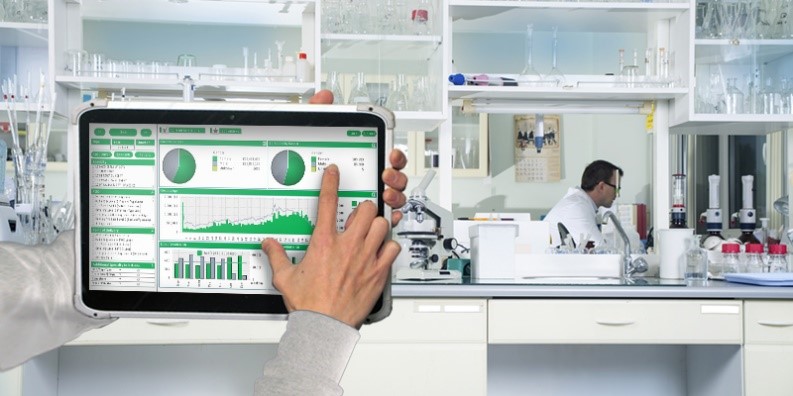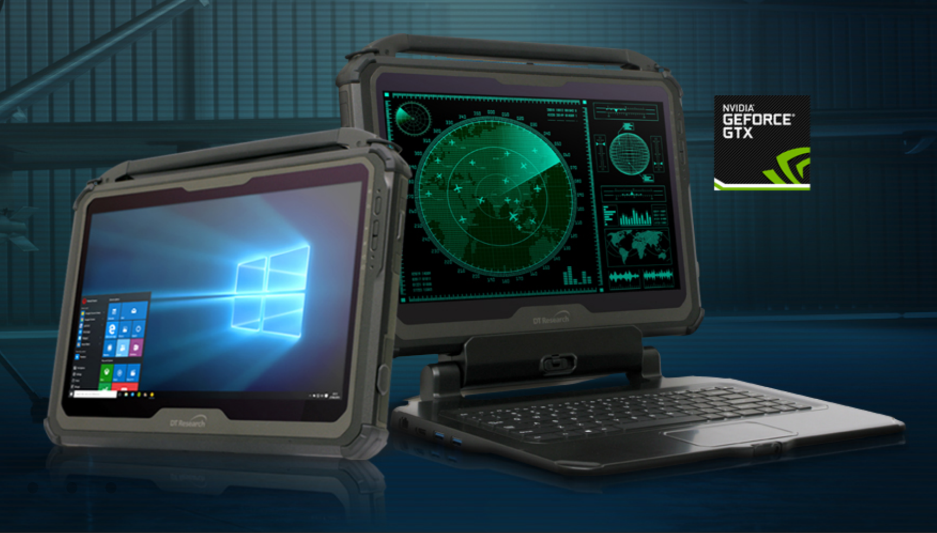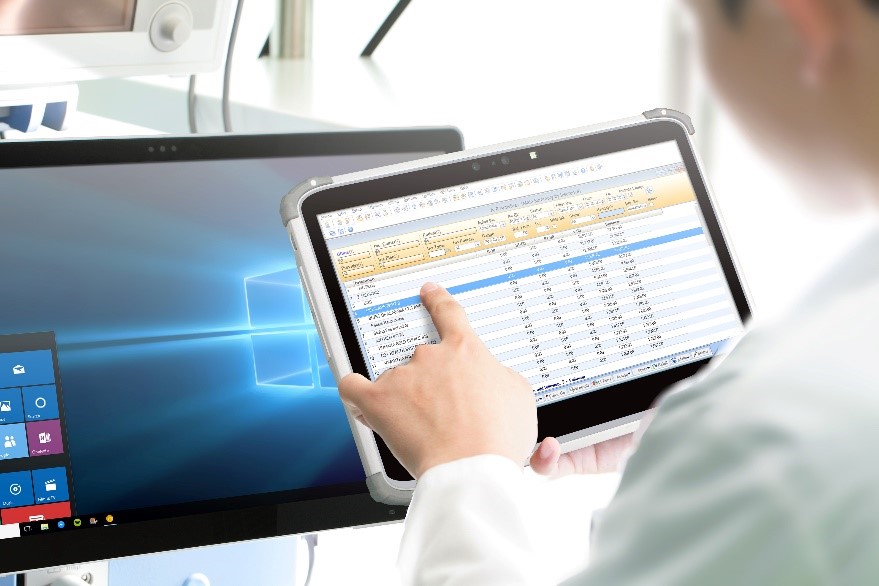
As the healthcare market makes necessary shifts to embrace the ever-changing needs within the profession, especially given the current landscape of needs, purpose-built tablets that are built to be durable are becoming just as important for patient care as other medical instruments. Medical tablets must be capable of acting with the same safeguards and functionality as any other medical device in the medical setting, while also being lightweight enough to carry from room to room and durable enough to withstand falls, spills, and environments with high vibration.
Continue reading “Medical Tablets are the Solution for Current Health Care Settings”




